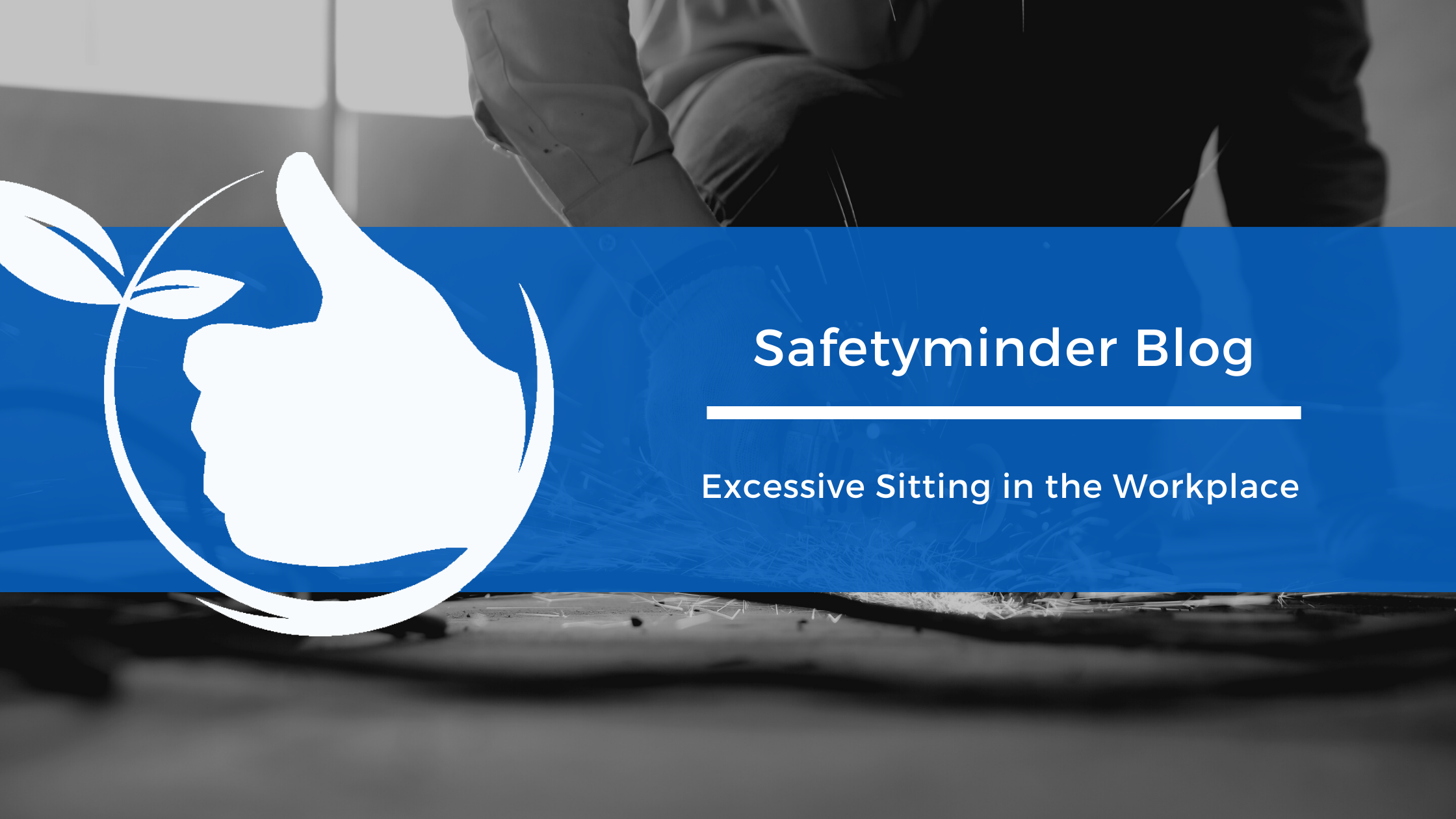
Sedentary work: a definition
Sedentary behaviour is defined as anything you do while you are sitting or reclining.
- Examples of common sedentary behaviours for workers include computer-based tasks, truck driving or operating a crane.
There is no clear definition of excessive occupational sitting exposure. However, sitting for longer than 30 minutes without a mini-break and sitting all day at work (being ‘too busy’ to take a break) are likely to be detrimental to your health.
Prolonged sitting is associated with a range of health problems including:
- musculoskeletal disorders
- cardiovascular disease
- diabetes
- obesity
- poor mental health
- some cancers
- premature death.
The negative health effects from prolonged sitting are due to:
- insufficient movement and muscle activity
- low energy expenditure
- not moving enough
- not changing posture enough.
Workplace health and safety issue
We have identified too much sitting as a potential WHS issue based on:
- a rapidly growing body of scientific evidence on the potential harms and increasing public awareness of these
- a high proportion of workers with exposure to sitting
- recent recognition by various national and international authorities of sedentary behaviour as a health concern
- emerging evidence of effective and feasible risk controls.
Excessive sitting
Sedentary exposure is akin to sun exposure: a little can be helpful but too much can damage your health. More than seven hours overall sedentary behaviour per day is likely to be detrimental to health and therefore considered excessive.
Ways to reduce occupational sitting
When it comes to addressing occupational sitting exposure, your mantra should be ‘reduce and interrupt’.
Examples of interventions
Examples of substituting sitting with non-sedentary tasks include:
- switching to work on a computer at a standing workstation
- standing to read a document
- having a standing or walking meeting
- standing while talking on the phone
- walking to deliver a message to a colleague rather than emailing.
Two things to remember:
- A worker can be physically active and meet the guidelines of at least 2.5–5 hours of moderate intensity or ‘huff and puff’ physical activity per week, and still spend much of their time being sedentary.
- Health problems caused by prolonged sitting remain even if you exercise vigorously every day, highlighting the fact that excessive sitting and physical inactivity are separate health hazards.